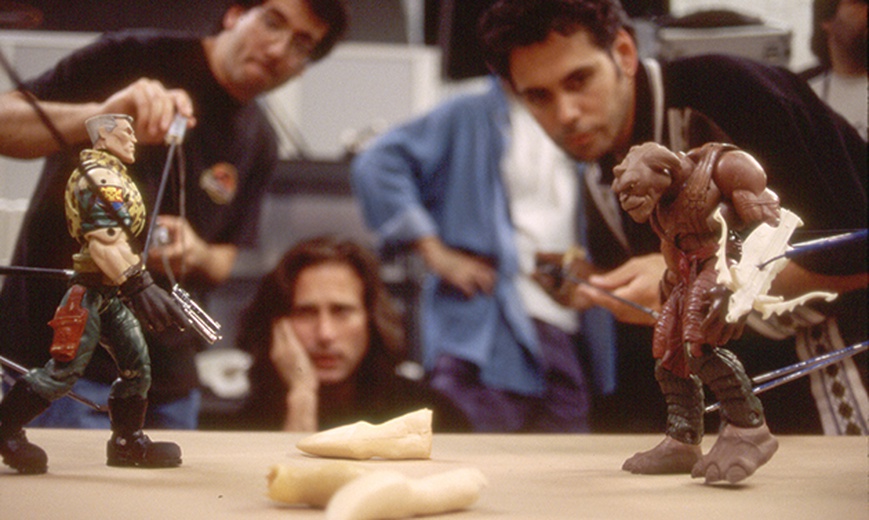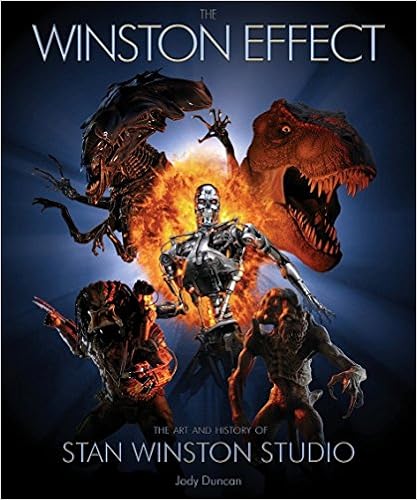As many close friends know, I have been quietly researching a number of dramatic film and documentary projects for some time now.
I'm now confident enough to start to move these projects to the predevelopment stage.
But to do this, I need a hell of a lot of funds to rent space, pay for great scriptwriters, researchers and designers etc.
And I want to have a top-notch crew, rather than rely on favours.
Also, I would rather risk my own money than someone else's.
And have minimal dealings with the film and TV industry suits who suck in my opinion and have no taste.
To this end, I'm taking a detour and returning to software development after an absence of 10 years. Previously I led a team for 10 years on a private cloud computing platform for conservation in NZ. It was technically successful but not financially. Mainly because it was 20 years ahead of its time. It was just too early and I got some things wrong.
But as it turned out, it was an invaluable learning opportunity for me. So I was very lucky and got some hard-won experience.
Cloud computing has come along way since that time and a lot has been learned across the industry.
Recently out of sheer frustration with available software, I have had to build my own applications to support my own private projects.
Then the penny dropped ...
Other people might need the same tools and maybe they would pay for that service.
I'm now developing a scientific cloud platform to be commercialised. After 18 months, it is at a crude working prototype stage which I'm very happy with. The next stage will be very very hard.
My intention is that this will be a fundraiser for my film projects.
You can follow this project on a
separate technical web site aimed at developers.
In the meanwhile,
Redworks is my happy place and I'll be still pottering around in my art studio from time to time and posting away on
www.redworks.co.nz.
 "Go behind the scenes of Joe Dante’s Small Soldiers and see how Stan Winston Studio used real puppets and on-set performance to bring to life the militarized Action Figures."
"Go behind the scenes of Joe Dante’s Small Soldiers and see how Stan Winston Studio used real puppets and on-set performance to bring to life the militarized Action Figures." These are a few of the photos from the SWSCA blog which are taken from the truly excellent book The Winston Effect: The Art & History of Stan Winston Studio. It must have been a lot of fun.
These are a few of the photos from the SWSCA blog which are taken from the truly excellent book The Winston Effect: The Art & History of Stan Winston Studio. It must have been a lot of fun.